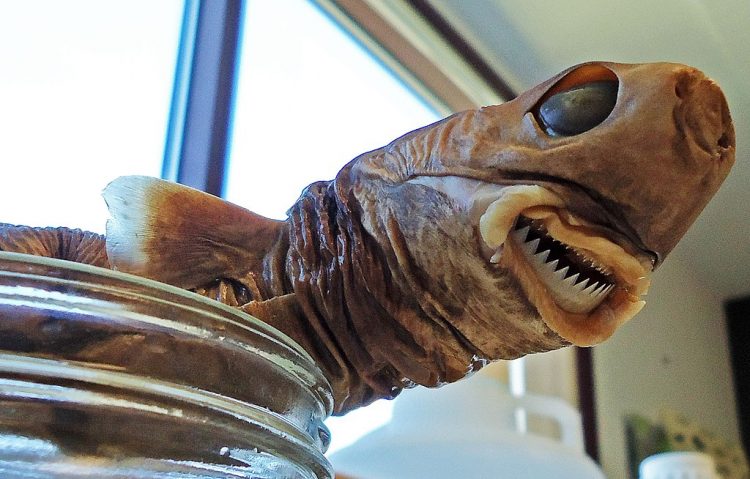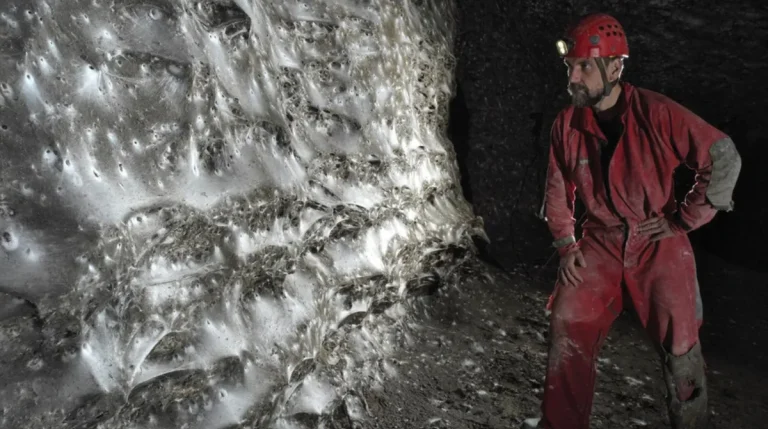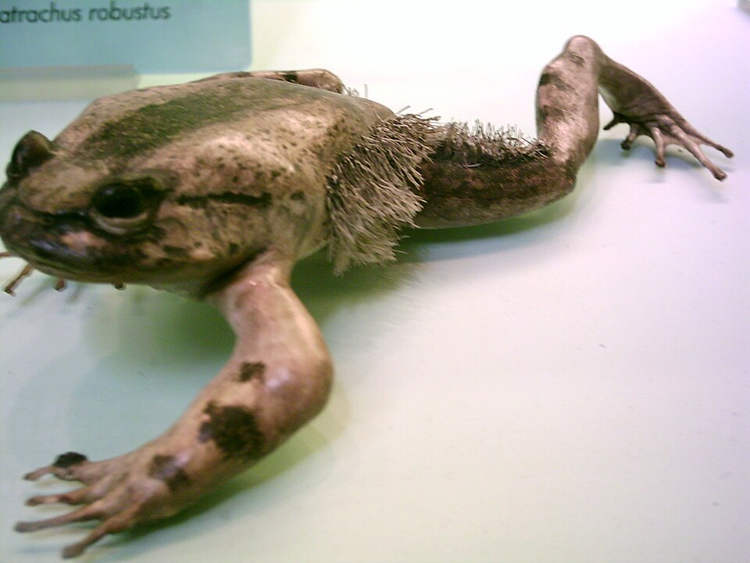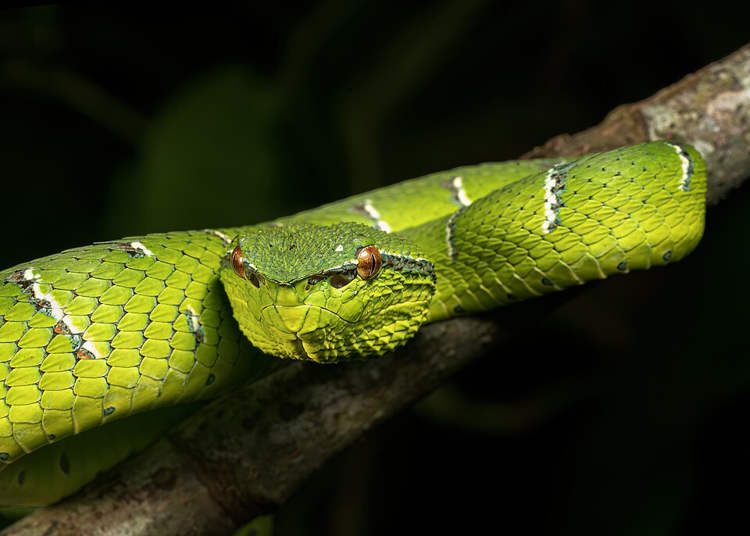Cookie-cutter sharks are a small species of shark about the size of a domestic cat that will attack predators several times their size, biting off conical chunks of their flesh, and even the soft parts of nuclear submarines.
The cookie-cutter shark (Isistius brasiliensis) was discovered in the early 19th century, by French naturalists, but it wasn’t until the 1970s that marine scientists realized just how brave and dangerous these small marine creatures could be. Up to that point, the conical, deep wounds that researchers often documented on all sorts of marine life, from small fish to dolphins and even great white sharks, were a mystery. It wasn’t until 1971, when Everet Jones discovered small conical pieces of flesh in the stomachs of cookie-cutter sharks that marine scientists began to realize that the deceptively small sharks could severely wound some of the ocean’s mightiest creatures.
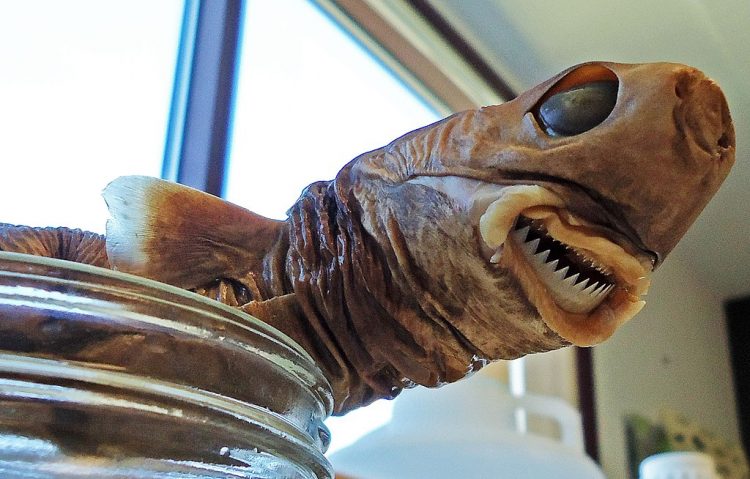
Photo: NOAA/Public Domain
Before Everett Jones’ breakthrough, people believed that the gruesome conical wounds often found on all sorts of marine life were caused by parasitic lice, lampreys, bacterial infections or some other mysterious creatures. It wasn’t until they started studying the mouth and saw-like teeth that they understood how dangerous a cookie-cutter shark’s bite could be.
Apparently, the sharks’ mobile tongues and large lips allow them to latch on to their prey by forming a vacuum on a smooth surface. They then sink their sharp teeth in and, using twisting motions, scoop out chunks of flesh, leaving behind bloody craters. These are no minor wounds either, as the most severe wounds ever documented were 5 centimeters wide and 7 centimeters deep.
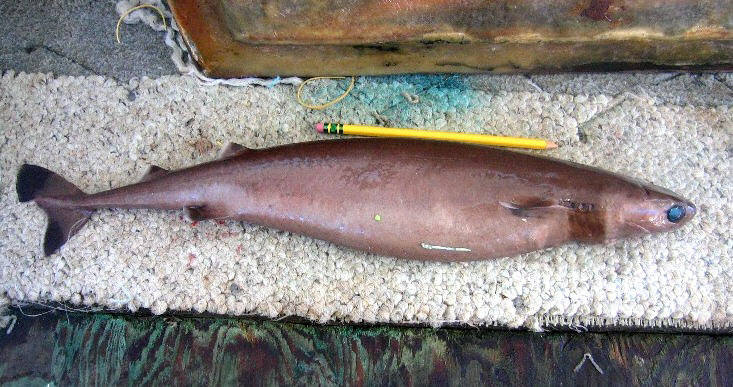
Photo: NOAA/Public Domain
Little is known about cookie-cutter sharks, as they are (thankfully) creatures of the deep. They spend the daytime at depths of up to 3,500 meters, but will approach the surface at night, as prey rarely ventures into their domain. These tiny predators have glowing undersides that give off a vivid bright light, except for a dark collar around their necks. That color resembles the silhouette of a swaying fish when seen from below, whereas their greenish glow matches the moonlight. When another predator takes the bait and approaches the “helpless fish”, it becomes the prey.
The cookie-cutter shark’s hunting mechanism is unknown, so the above should only be regarded as speculation by marine biologists, but one thing is for sure, this cat-sized shark is no joke. Crater-like wounds that could only have been caused by the saw-like bite of the marine cookie cutter have been found on at least 48 species of whale or dolphin, including killer whales, many species of shar, seals, stingrays, tuna and swordfish.
Cookie-cutter have even been known to attack nuclear submarines, sometimes causing serious damage. According to Elasmo-Research, back in the 1970s attacks by cookie-cutter sharks on the softer parts of submarines, like exposed cables and rubber sonar domes, sometimes blinded the watercrafts to the point where they needed to return to base for repairs.
The small sharks were part of the reason why softer nuclear submarine parts were fitted with fiberglass coverings, thus solving the problem. It was reported that in some severe cases, the bite of the cookie-cutter was so severe that it caused the oil inside the sonar equipment to leak out, rendering it useless.
People who venture out in deep waters at night are fair game as well. In 2009, a man who was attempting the 30-mile swim between Hawaii and Maui at night had a chunk of flesh bit out of his chest by a cookie-cutter shark, and in 2019, two swimmer taking part in the Oceans Seven challenge suffered large lacerations to their stomach, legs or shoulders. There are also several records of bodies recovered from the water with post-mortem cookie-cutter shark bites.
So if you don’t fancy getting a chunk of flesh cut out from your body by a small but very dangerous creature, make sure to stay out of deep waters in areas known to be inhabited by cookie-cutter sharks.

